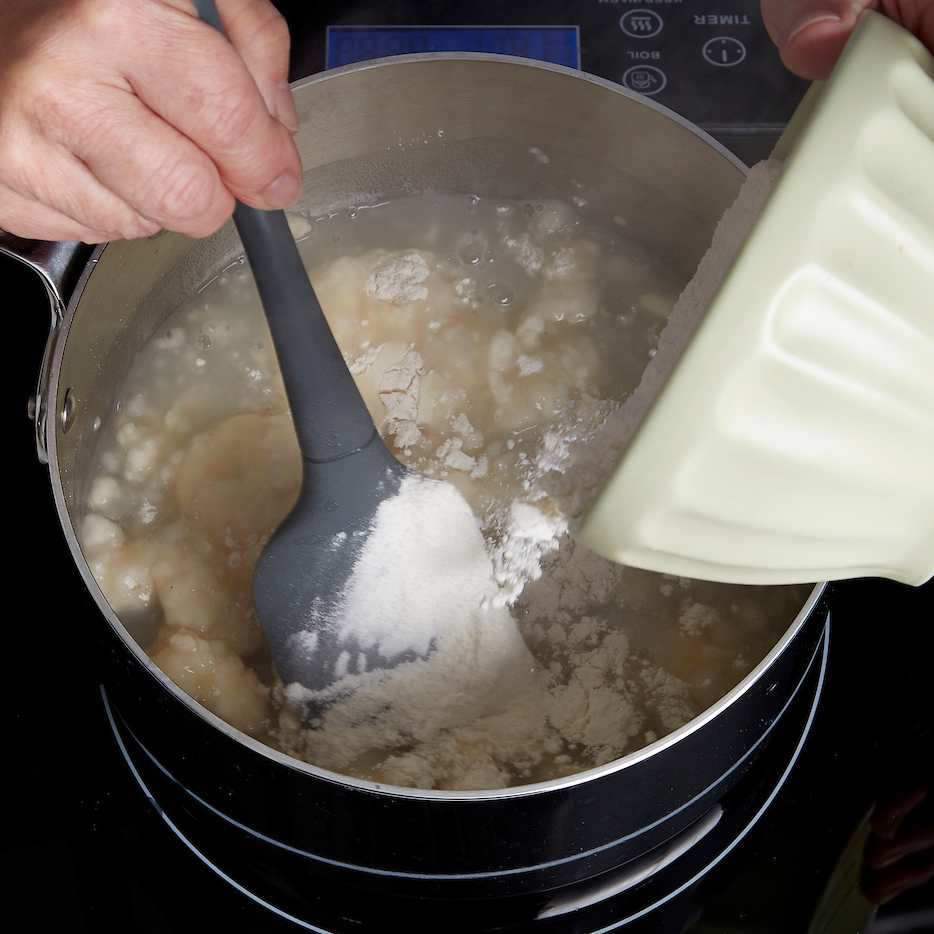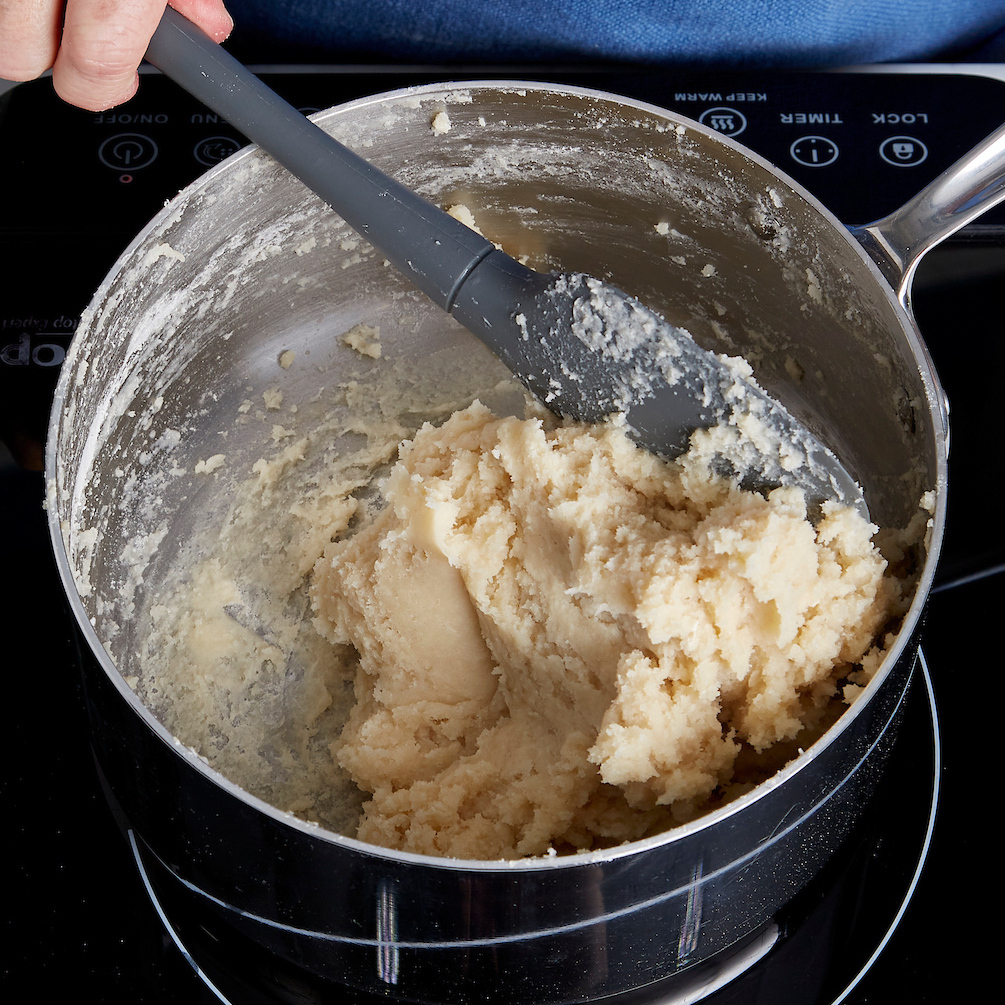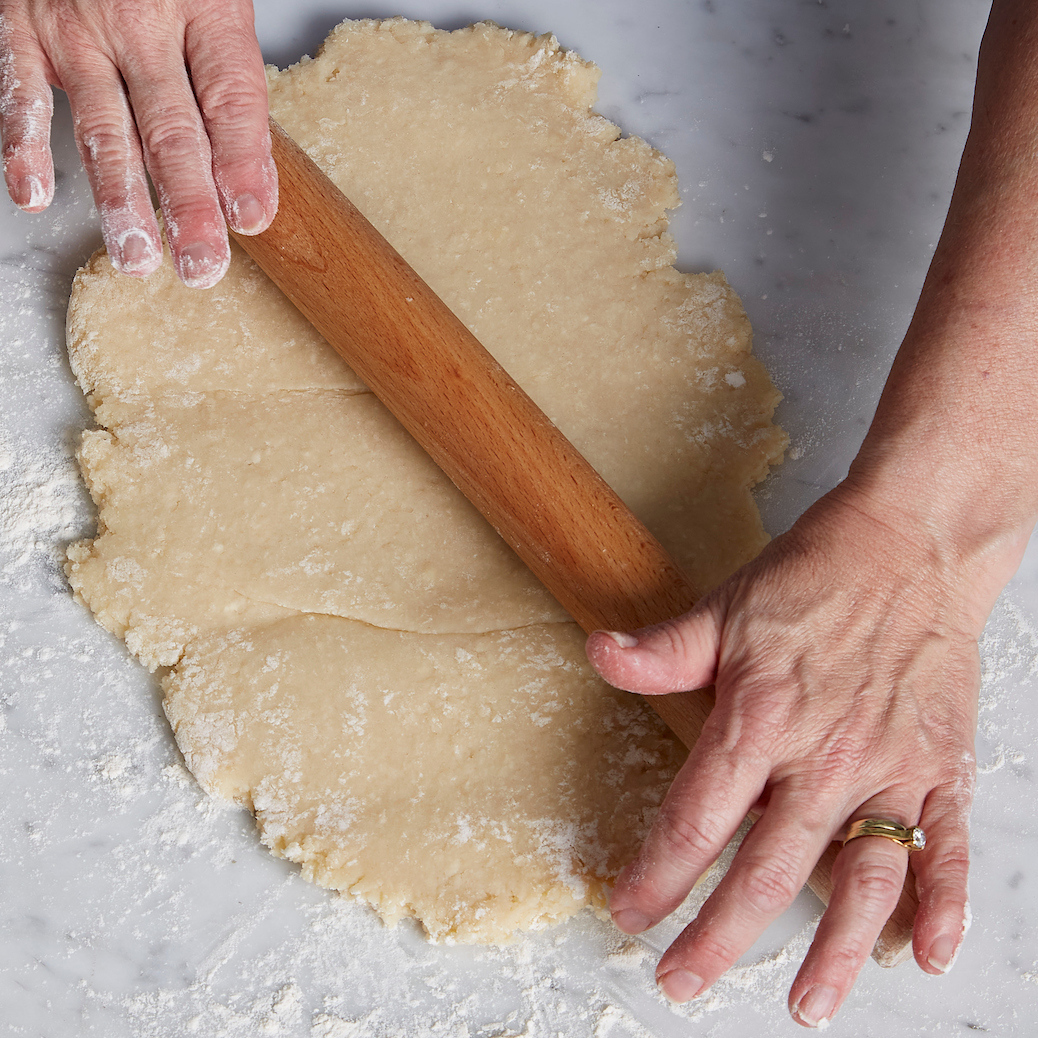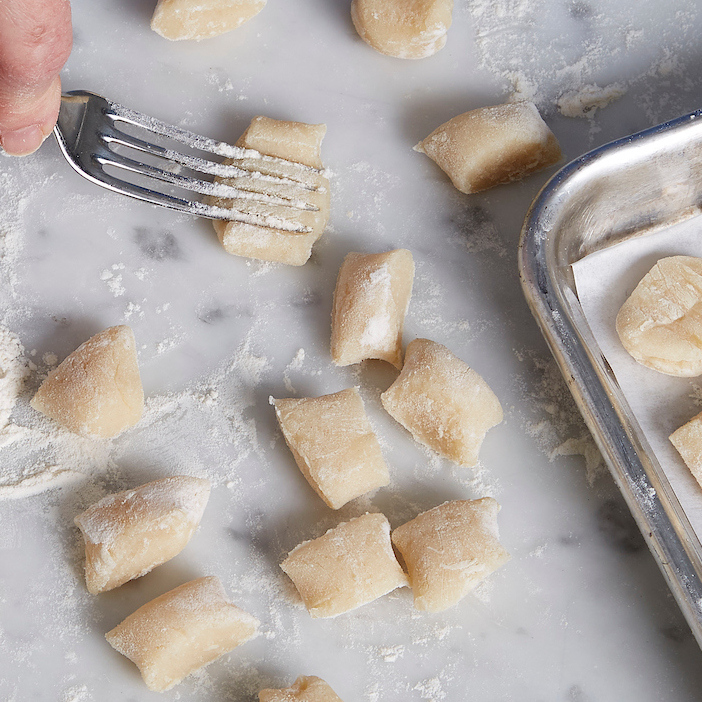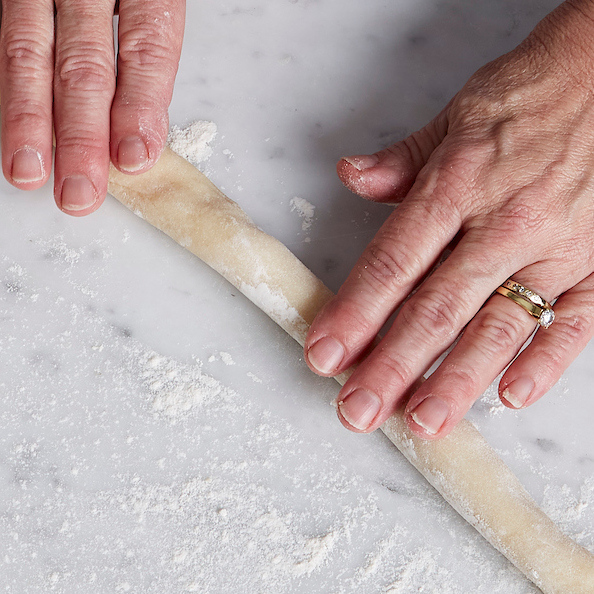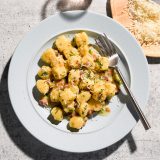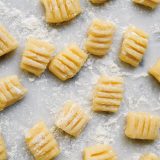Antonio Cioffi’s hilltop restaurant—with its stunning views of the valleys and peaks of Italy’s extravagant Amalfi Coast and an enviable perch at the gateway to Ravello, a town steeped in centuries of tourism—seems an unlikely place to preserve the cucina povera of Campania. Yet that’s precisely Cioffi’s mission, even if he nonetheless still sells plenty of pizzas.
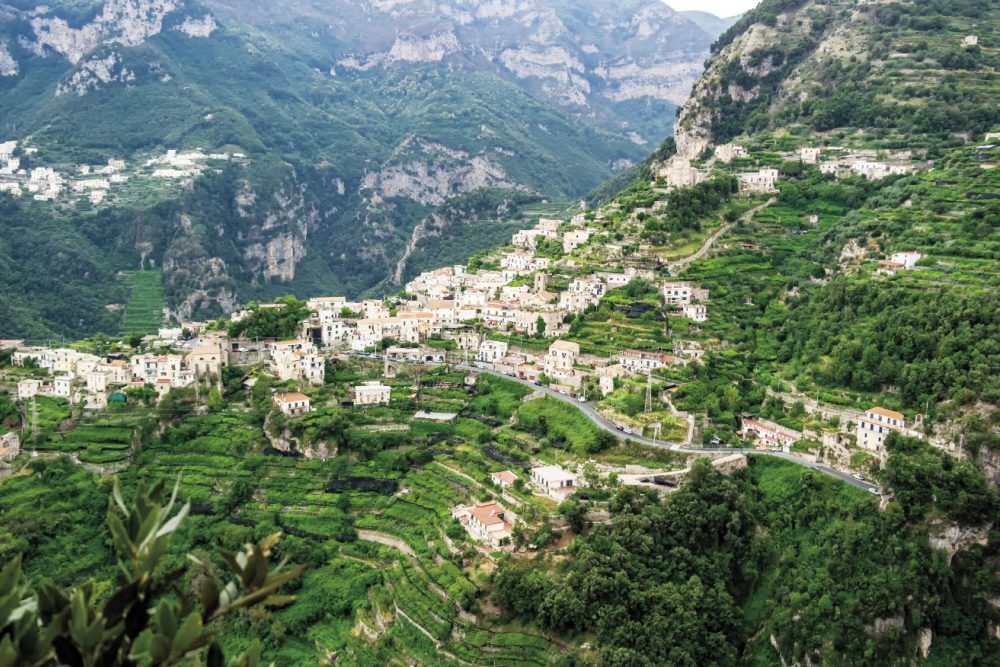
As we enter his La Vecchia Cantina, we are ushered to a glass-walled room to appreciate those views. As well as a slice of his mother’s specialty made just for us, an ages-old recipe at the edge of extinction—gelatina di maiale. For those unfamiliar, it’s the odds and ends of a boiled pig’s head with raisins and pine nuts, all set in gelatin in the form of a pie.
“Given 10 years, nobody is going to make this anymore,” he says. “It will be forgotten.”
In Ravello along Italy’s Amalfi Coast, cooks devised delicious ways to create rich flavor from simple foods.
Whatever your feelings about meat in gelatin, it’s always sad when an ancient dish—and therefore the culture, history and even people around it—teeters on extinction. And actually, it was lovely. A reminder that plenty of people know plenty of things we do not, and that it would serve us well—sometimes deliciously so—to learn from them.
Luckily, Cioffi was happy to share other lessons, too. All grounded in the cooking of whatever is available. The dominant pasta variety, for example, is pasta mista. Consider that Italian for scraps, because it’s a mix of whatever odds and ends shapes are left, dumped together and cooked as you like. That pretty much captures the region’s culinary sensibility.
It also explains Campania’s take on gnocchi, the pillowy dumpling-like pasta made elsewhere in Italy from a combination of potatoes and flour. But Cioffi—who learned to cook watching his father work in restaurants, then set to kitchen jobs himself at age 10, when his father died—favors the southern Italian approach: flour, water and nothing else.
Historically, the people of Campania were farmers with little money and less time. Their cooking evolved to reflect it. “This gnocchi was simpler, easier and cheaper,” Cioffi said. “It was perfect for people with no time to cook and cool potatoes.”
The method was joyously simple. Water was heated, flour was stirred in, then cooked for a few minutes until a thick dough formed. After cooling, it was a basic gnocchi forming technique—roll into long snakes, cut into small chunks, then roll the chunks over the tines of a fork to create sauce-trapping crevices. Boil, sauce and done.
Though this method eliminated all of the worry of getting the potatoes just right for the proper texture, I expected the result to be denser and heavier than what I was used to. Quite the opposite. These were airy and light! Cioffi offered multiple sauce ideas, but our favorite was a simple blend of crisped pancetta, garlic, red pepper flakes and fresh herbs. It was all it took to elevate simple to sensational. Because, as he said, sometimes the simpler the food, the more delicious it is.
